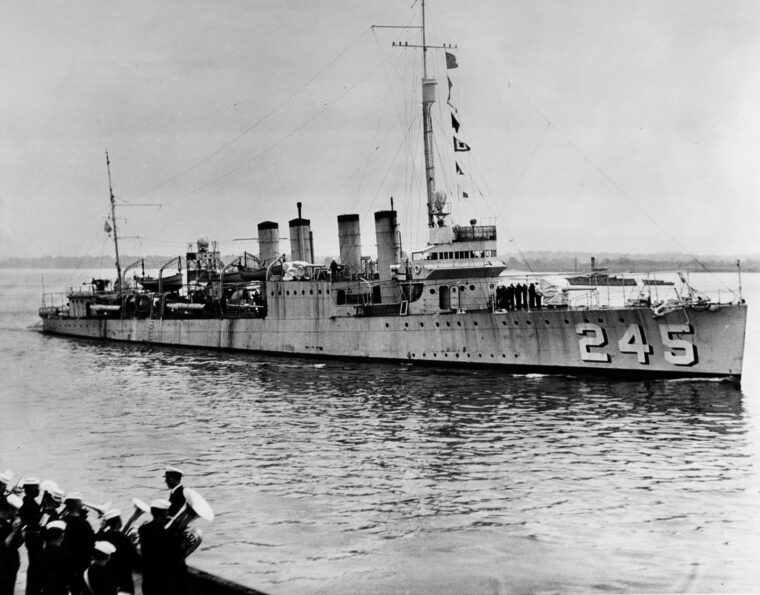
WWII
Sinking the USS Reuben James
By Joseph Connor, Jr.When the destroyer USS Reuben James (DD-245) was assigned to convoy duty in the North Atlantic in the autumn of 1941, its crew had a sense of foreboding and feared the worst. Read more
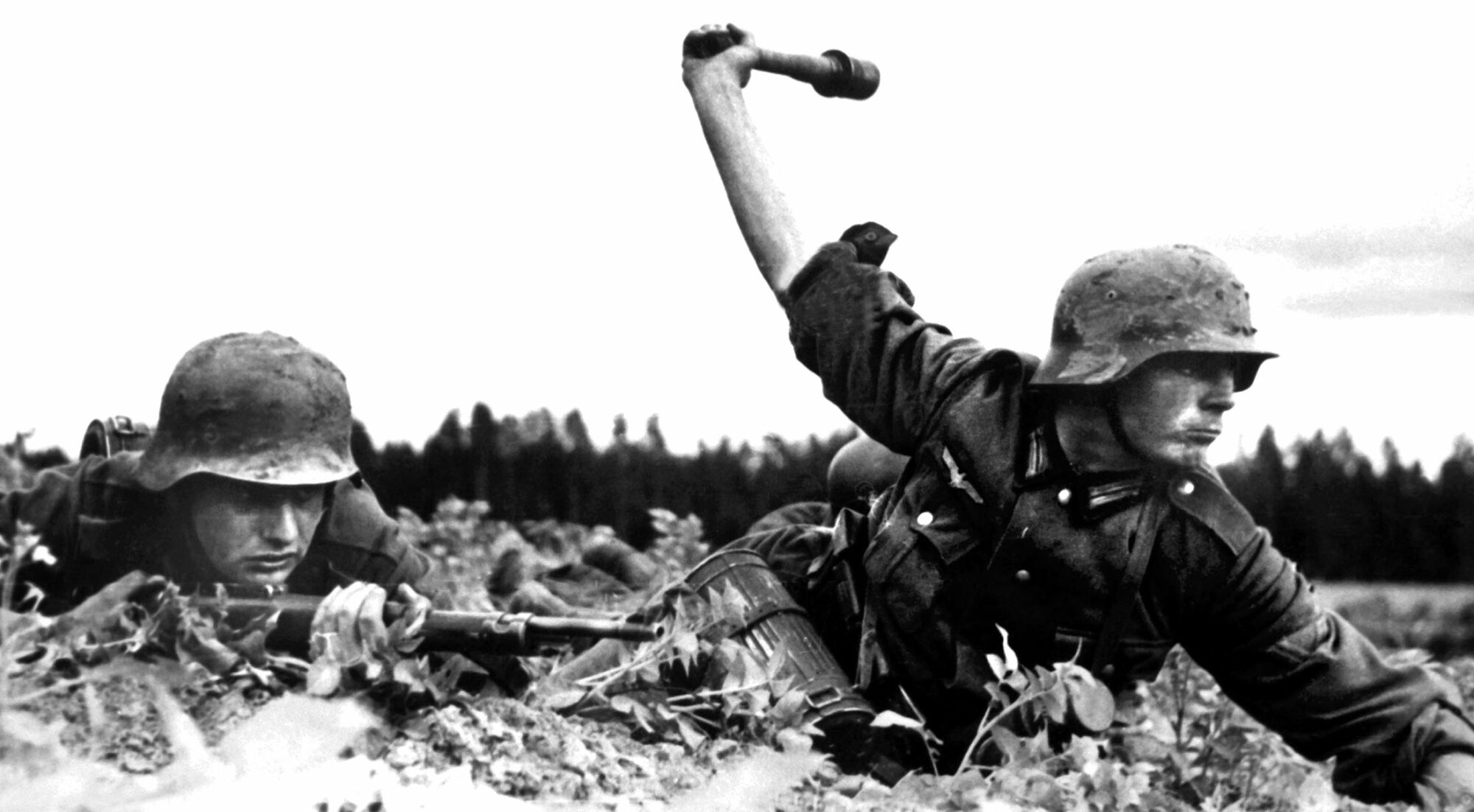

WWII
When the destroyer USS Reuben James (DD-245) was assigned to convoy duty in the North Atlantic in the autumn of 1941, its crew had a sense of foreboding and feared the worst. Read more
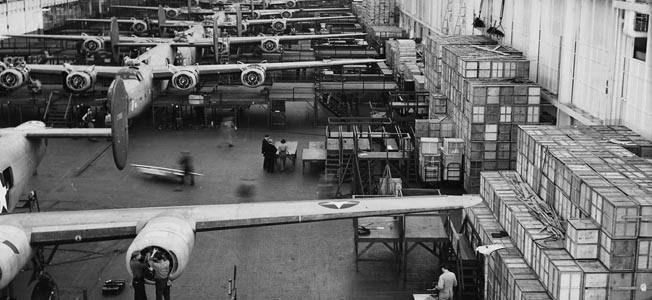
WWII
They said it couldn’t be done. Doubters chided Henry Ford for declaring that his Willow Run Bomber Plant could turn out a B-24 Liberator heavy bomber every hour. Read more
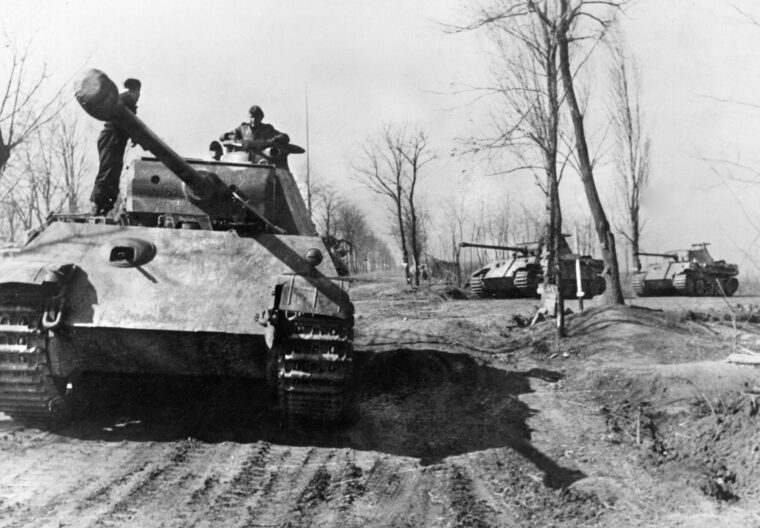
WWII
Even in the dark days of March 1945, when the Third Reich was on the brink of collapse, its troops managed to exhibit that grim humor that enables frontline soldiers to endure the horrors of battle. Read more
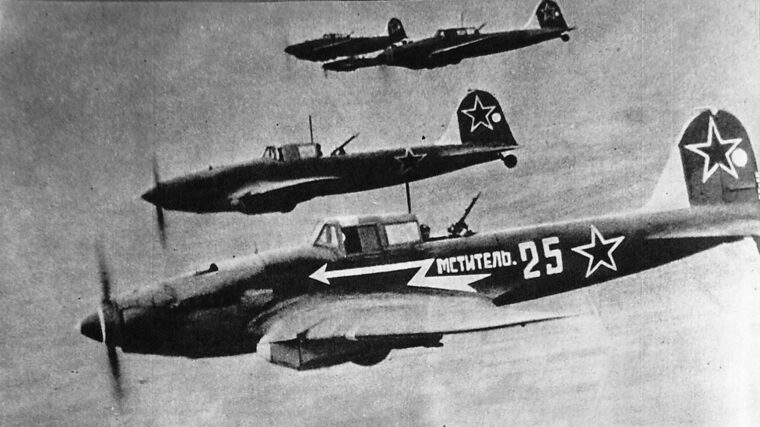
WWII
Vasily Emelianenko led a flight of Soviet Ilyushin IL-2 Shturmoviks, or “Storm Birds,” in late June 1942 against a German-held airfield near Artemovsk in eastern Ukraine, flying low up a deep ravine to avoid detection. Read more
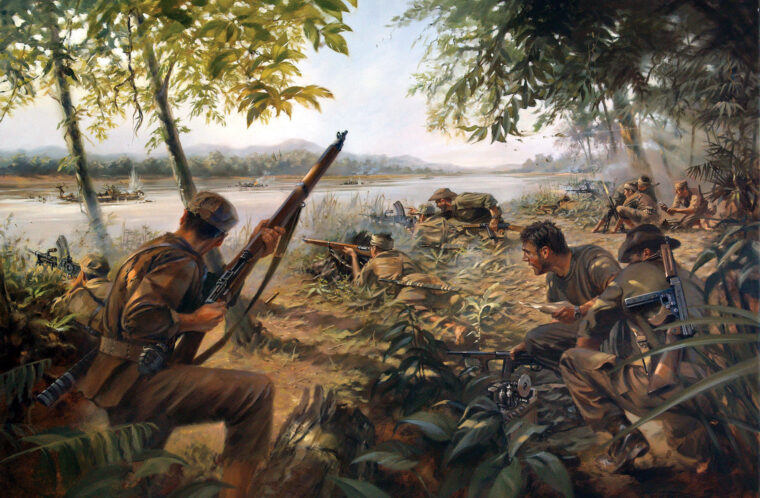
WWII
In utter silence, the saboteurs carefully wired their target for demolition. All knew even the slightest noise might alert sentries to their presence underneath the Occoquan Creek bridge in northern Virginia. Read more
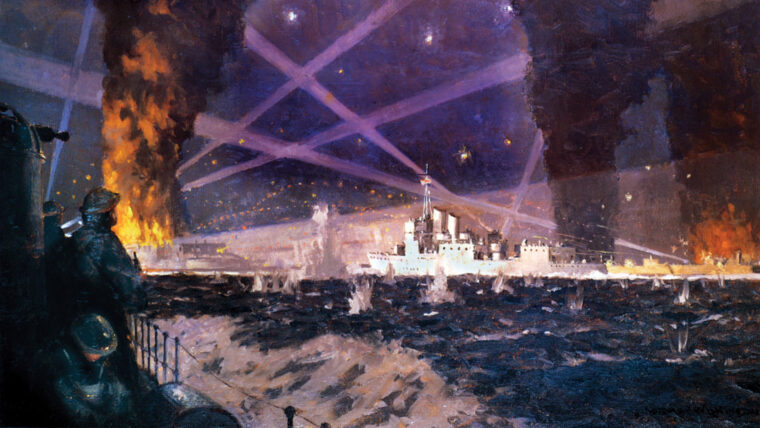
WWII
The British flotilla moved with determination into the Loire estuary after midnight on May 28, 1942. Read more
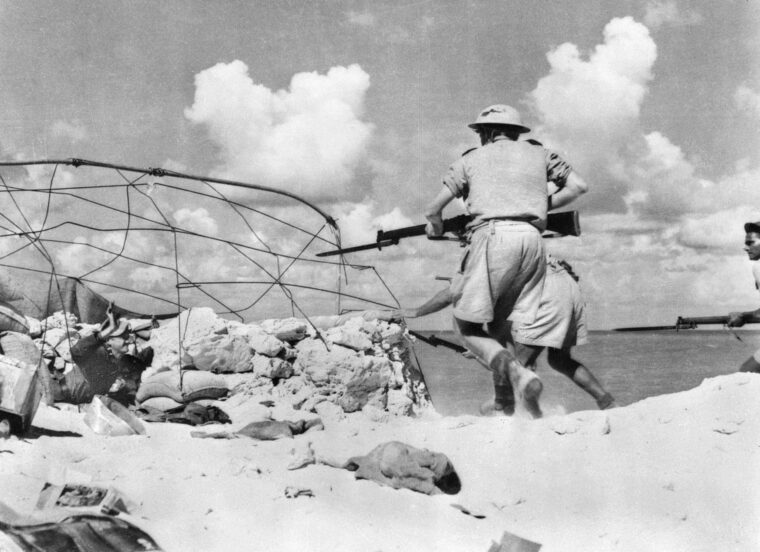
WWII
A small party of about 40 German soldiers had infiltrated the Australian lines around the besieged town of Tobruk, Libya, during the night of April 13, 1941. Read more
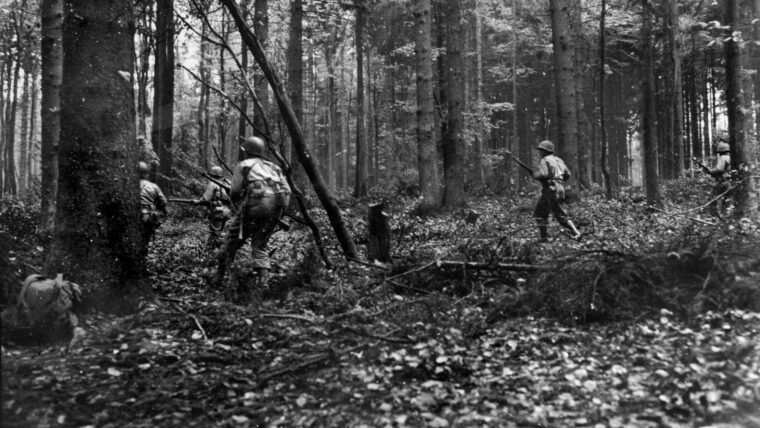
WWII
At the town of Schmidt in the Hürtgen Forest, it was hard to see through the thick mist and steady drizzle on the cold and damp morning of Saturday, November 4, 1944. Read more
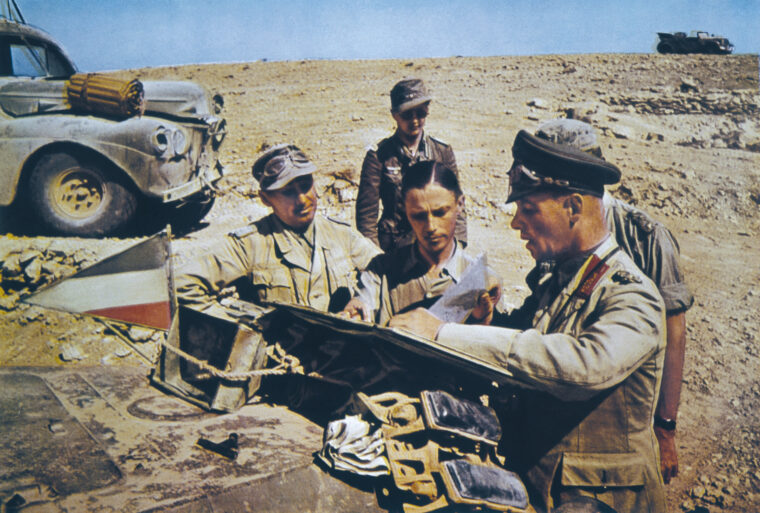
WWII
Even before the end of World War II, German General Erwin Rommel’s fame was such that he was already being elevated into the Valhalla of such legendary warriors as Hannibal against the Roman Empire, Napoleon during his defensive campaigns of 1813-1814, and Robert E. Read more
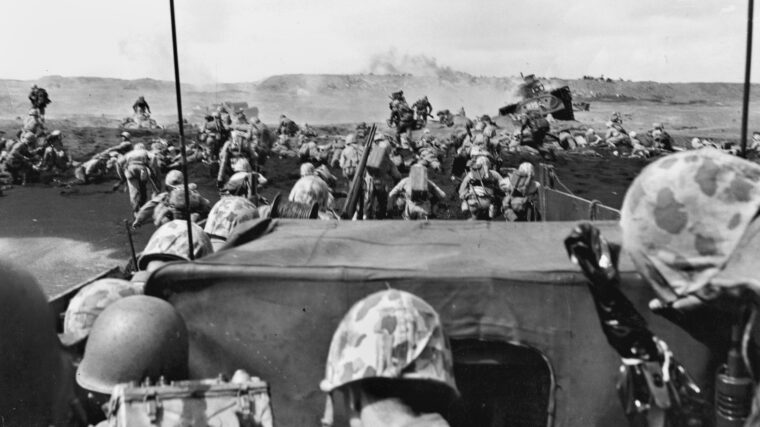
WWII
“You know,” said Marine Maj. Gen. Clifton B. Cates to a war correspondent on the eve of Operation Detachment, the invasion of Iwo Jima, “if I knew the name of the man on the extreme right of the right-hand squad of the right-hand company of the right-hand battalion, I’d recommend him for a medal before we go in.” Read more
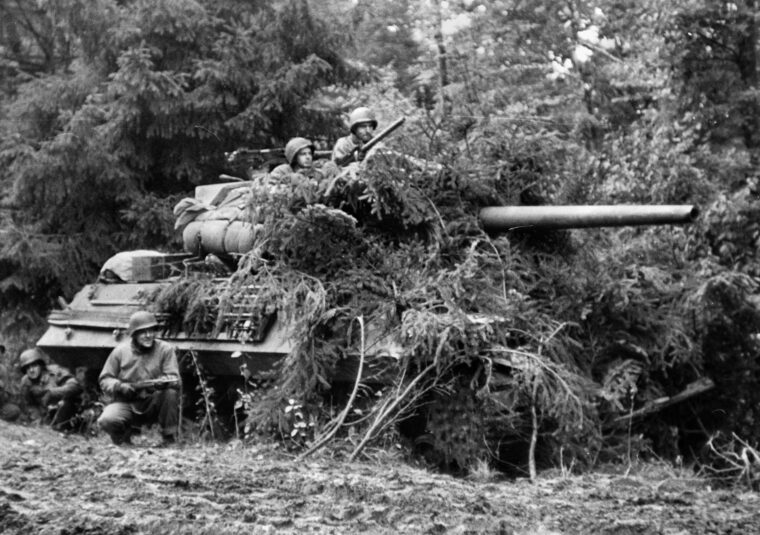
WWII
Scouts for the U.S. Third Army on foot and in armored vehicles cautiously approached the town of Luneville on the east side of the Moselle River in the rolling hills of north- eastern France on September 15, 1944. Read more

WWII
The wide tracks of Soviet T-34S and colossal KV-1S crunched through the snow. Night had fallen west of Belgorod on March 15, 1943. Read more
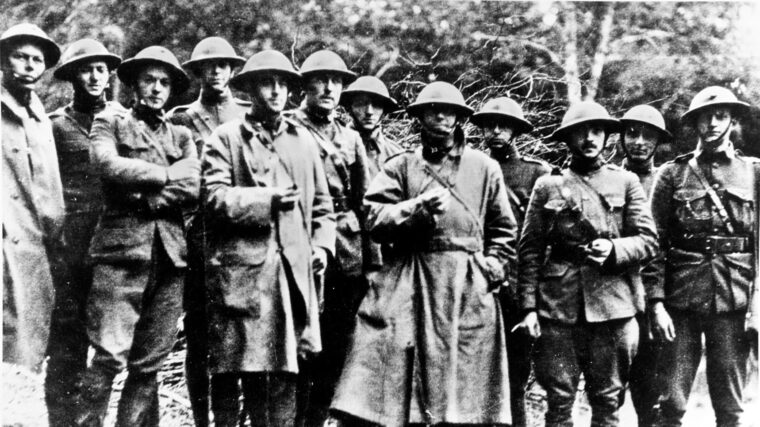
WWII
The sun shone brightly overhead as the thin line of U.S. Marines lay in a beet field in France. Read more
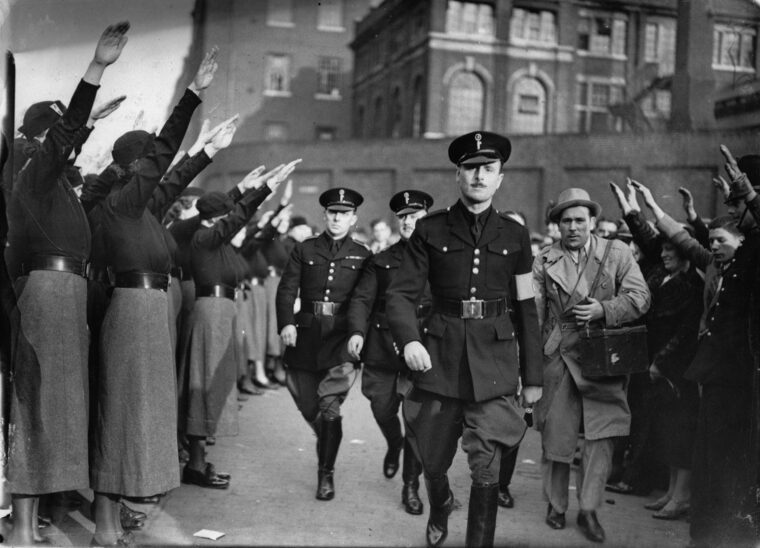
WWII
The most famous of the English-Language radio broadcasters from Nazi Germany was Brooklyn, New York-born William Joyce, known by the disparaging moniker Lord Haw Haw. Read more
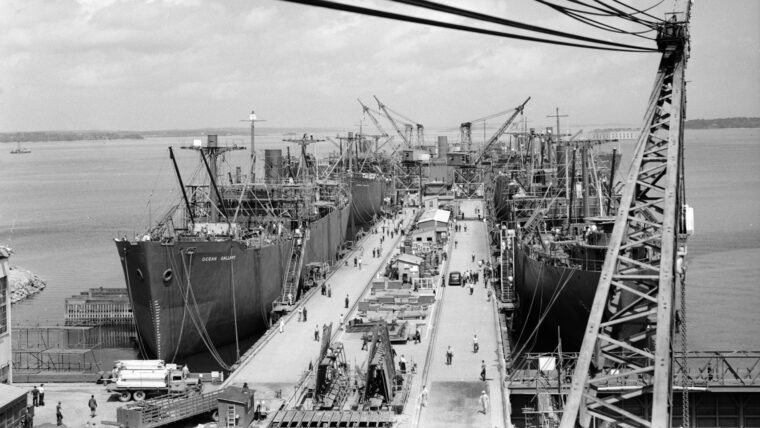
WWII
On March 14, 1988, a solemn ceremony took place at Arlington National Cemetery. Resplendent in their white caps and dress blues, the Marine body bearers laid to rest the ashes of Ernest Cuneo in the Columbarium with full military honors. Read more
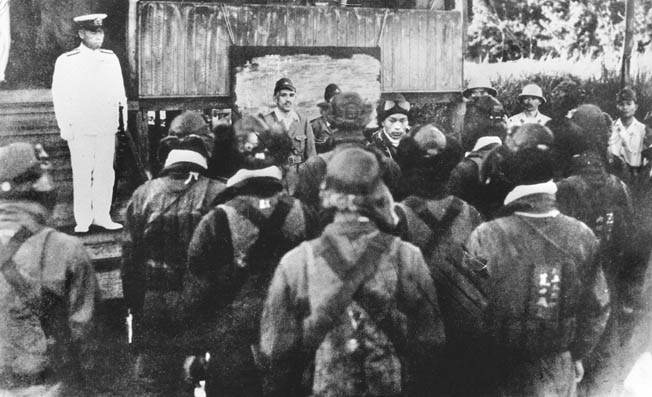
WWII
Three generations of Americans wrongly believe that General Hideki Tojo and Admiral Isoroku Yamamoto were equally culpable in starting the Pacific War. Read more
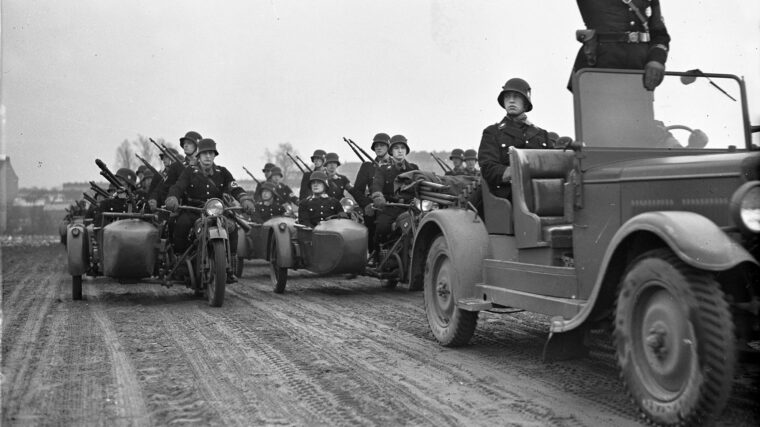
WWII
In 1933, before the Waffen-SS, there was a portion of the Nazi Party’s Schutzstaffel (SS), armed and trained along military lines and served as an armed force. Read more
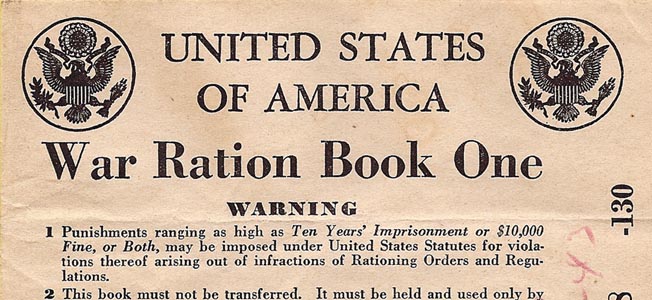
WWII
In 1941-1942, British journalist Alistair Cooke traveled through the United States. In his description of his trip, American Home Front 1941-1942, he reported stopping for breakfast at a restaurant in West Virginia where, “the sugar was rationed at breakfast, and there was a note on the menu requesting that … in the interests of ‘national defense,’ keep to one cup of coffee.” Read more
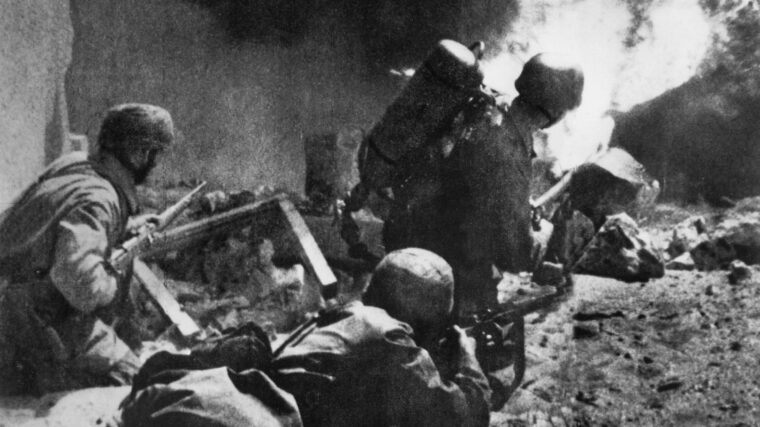
WWII
At 4:25am in the predawn darkness of May 10, 1940, nine German gliders silently skidded to a stop on the hilltop of the most heavily defended fortress in Europe, disgorging 71 highly trained German Fallschirmjäger. Read more
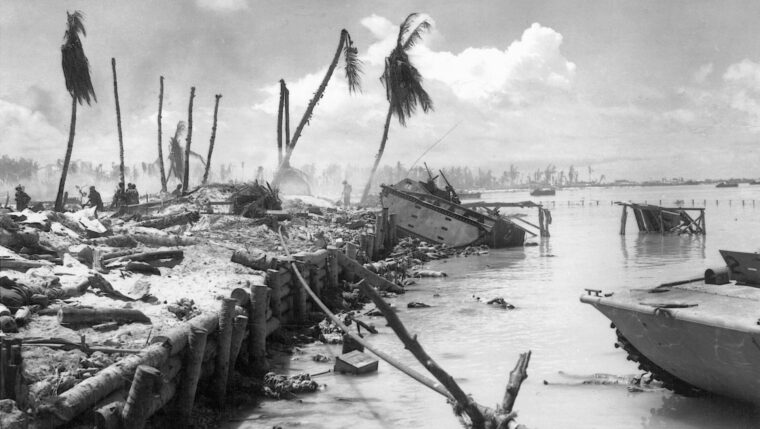
WWII
He wore the clothes of one of Tarawa’s most well-known and decorated heroes, but his name will not be found in any history book. Read more